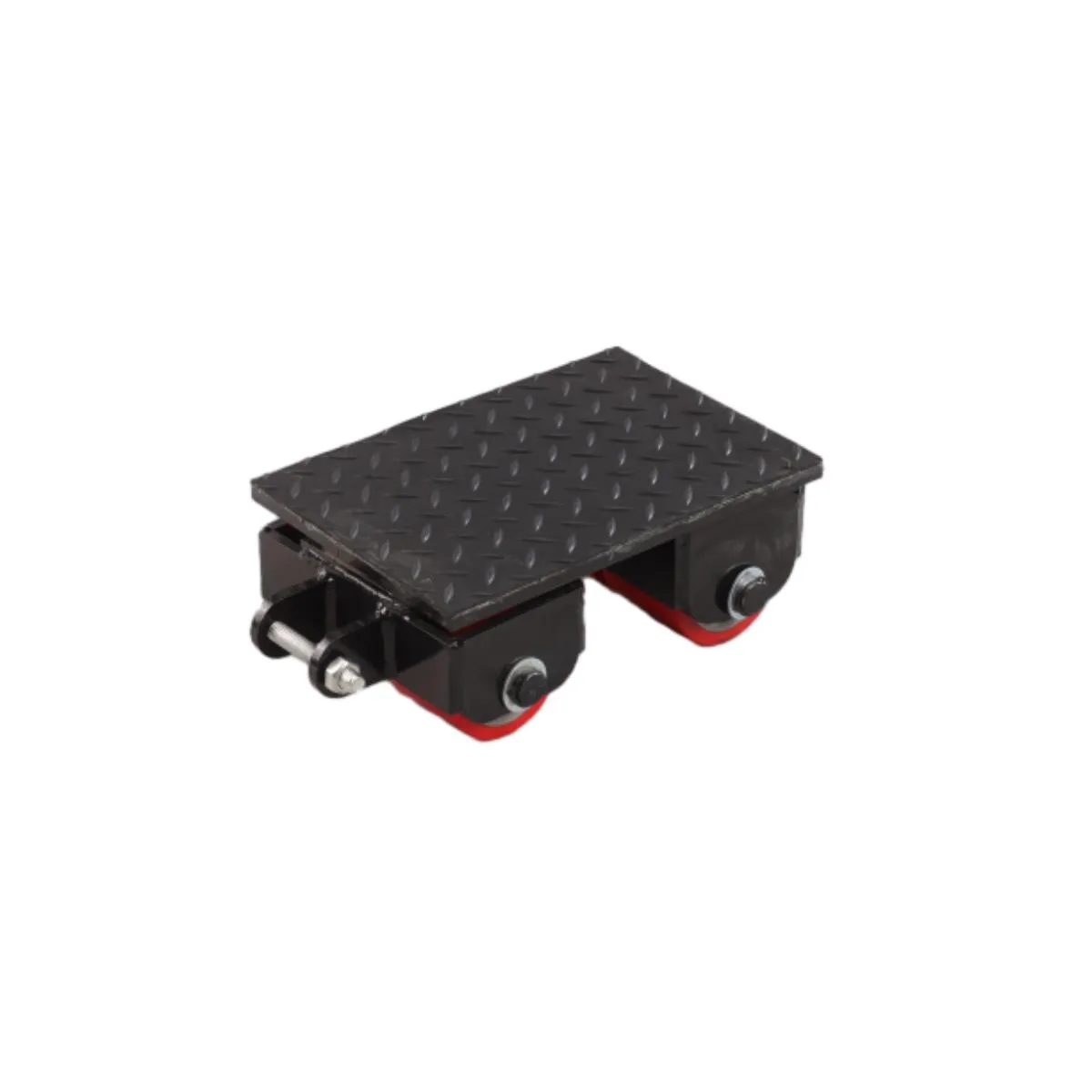Innovative Magnetic Hoist Solutions for Efficient Lifting and Material Handling Tasks
The Benefits and Applications of Magnetic Hoist Lifts
In the realm of modern industrial operations, efficiency and safety are paramount. Among the various tools available to optimize material handling, magnetic hoist lifts have emerged as a revolutionary solution. These innovative devices harness the power of magnetism to facilitate the lifting and transportation of ferrous materials, showcasing numerous advantages across a range of applications.
What is a Magnetic Hoist Lift?
A magnetic hoist lift is a device that uses electromagnetic force to lift heavy metallic objects. Unlike traditional hoists, which rely on hooks or chains, magnetic hoists utilize strong magnets to securely attach to the object being lifted. This technology allows for the quick and safe handling of steel plates, rods, and various other ferrous items, significantly improving operational efficiency in diverse industrial environments.
Safety and Efficiency
One of the most compelling advantages of magnetic hoist lifts is their safety profile. Traditional hoisting methods often involve chains and slings, which can be prone to wear and tear, leading to accidental slips and drops. Magnetic lifts minimize these risks, as the electromagnetic force creates a secure bond between the lift and the load. This reduces the likelihood of accidents and injuries, which are crucial in high-stakes environments such as manufacturing plants and construction sites.
Moreover, magnetic hoists are designed for rapid operation. The ability to attach and detach loads quickly streamlines workflows, significantly reducing downtime between lifting tasks. This efficiency is critical in industries that rely on just-in-time production, where every second counts in maintaining productivity levels.
Versatile Applications
magnetic hoist lift

Magnetic hoist lifts find applications across a wide range of industries. In construction and manufacturing, these lifts are invaluable for moving heavy steel beams and plates, which are essential components in building structures and machinery. They offer a practical solution for assembly lines, where timely handling of materials can directly impact production rates.
The automotive industry is another sector that benefits greatly from magnetic hoist lifts. In assembly plants, these devices can easily position large parts for assembly, improving both the speed and precision of the production process. Additionally, magnetic lifts can be employed in scrap yards and recycling facilities, where they are used to sort and transport ferrous materials efficiently.
Environmental Considerations
As industries strive to adopt more sustainable practices, magnetic hoist lifts also contribute to reducing environmental impact. The design of these devices often requires less energy compared to hydraulic or pneumatic systems, thereby decreasing overall energy consumption. Furthermore, the capacity to lift and transport materials without damaging them contributes to waste reduction, aligning with the principles of a circular economy.
Innovations in Magnetic Hoisting Technology
Advancements in magnet technology continue to enhance the functionality of magnetic hoist lifts. The development of high-strength neodymium magnets has led to stronger and more compact hoists capable of lifting heavier loads with less energy. Additionally, the integration of smart technology allows for remote operation and real-time monitoring, enabling operators to track loads and maintain safety standards more effectively.
Conclusion
In conclusion, magnetic hoist lifts represent a significant advancement in material handling technology, offering unparalleled safety, efficiency, and versatility. As industries continue to evolve, the demand for innovative lifting solutions will only increase. By adopting magnetic lift technology, companies not only enhance their operational capabilities but also contribute to a safer and more sustainable work environment. As we move forward, the role of magnetic hoist lifts in optimizing industrial processes is set to become even more prominent, proving that sometimes, the key to progress lies in harnessing the fundamental forces of nature.
-
Unlock Seamless Relocation with Our Heavy Equipment Moving ExpertiseNewsJun.06,2025
-
Unleash Unrivaled Flexibility with Our Adjustable Gantry CraneNewsJun.06,2025
-
Unleash Heavy-Duty Efficiency with Our Industrial Gantry Crane SolutionsNewsJun.06,2025
-
Revolutionize Steel Handling with Our Magnetic Lifter RangeNewsJun.06,2025
-
Master Equipment Mobility with Premium Machinery Mover SolutionsNewsJun.06,2025
-
Elevate Your Material Handling with Magnetic Lifter TechnologyNewsJun.06,2025
-
YS Permanent Lifting Magnets: The Smarter Way to Handle SteelNewsMay.22,2025
